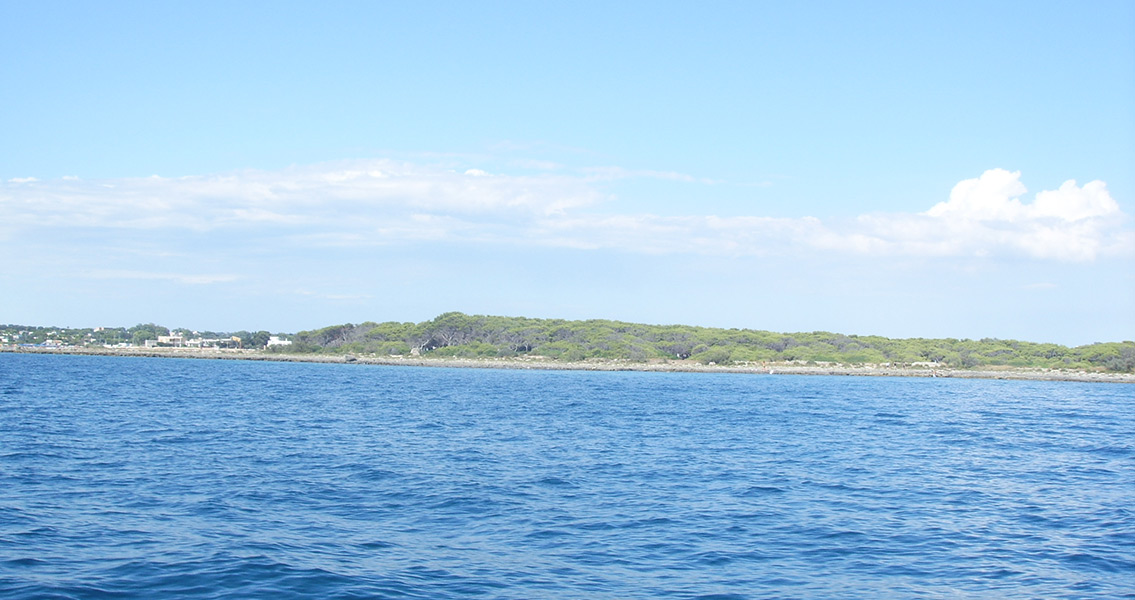<![CDATA[The remains of a wooden ship thought to date back to either the twelfth or thirteenth century were recently discovered by a fisherman off the southern coast of Italy. Italian archaeologists are hopeful it will contribute information critical to the ongoing historical reconstruction of the medieval fishing village, Porto Cesareo. The shipwreck, which is made almost entirely of wood and measures 18 meters by 4.5 meters, is near the Salento coastline at the southern tip of Italy’s Puglia region. It has lain for years inside the Porto Cesareo Marine Protected Area, where all human activities are restricted in order to protect and conserve natural resources. The protected marine area of Porto Cesareo covers 17,156 hectares and borders the coast adjacent to Porto Cesareo for approximately 18 kilometers. However, it’s the ship’s proximity to Porto Cesareo which is exciting archaeologists. According to an archaeologist from the Salento University’s Department of Cultural Heritage, Cristiano Alfonso, who completed the shipwreck’s initial assessment, the find could offer new insight into aspects of Porto Cesareo as it was in medieval times. The history of Porto Cesareo, known in ancient times as Portus Sasinae, is defined by its geography; the village is situated like a balcony that looks out at one of the most stunningly beautiful sea views in Italy. The presence of Mycenaean ceramics found throughout the village is evidence of a onetime Greek influence there, but even before the Greeks, it was home to a Messapic (an ancient and extinct Italian language spoken by several tribes indigenous to the area) community. Because of its strategic position on the coast, the Ancient Romans occupied the village and even re-christened it Cesaria. Archaeological finds are commonly found by divers on the seabed all along the coastline; a collection of these finds are housed at the local Marine Biology Museum. Porto Cesareo had such rich marine fauna that in medieval times the village supplied fish to several nearby villages (as it does today). In ancient times, life in Porto Cesareo was centered around the Carlo V tower which still stands in the center of the village. On the side of the village which faces the coast, recent reforestation efforts have produced woods composed of cypress, acacias and pine trees. The early towers which still stand up and down the coastline, as well as the ancient fortified farmsteads, are some of Italy’s most popular tourist destinations. The area is also notable for its proximity to the Isola Grande, otherwise known as Isola dei Conigli, where 200 species of vegetation have been documented, some exclusive to these islands because of the periodical flooding which occurs in the lower-lying areas. The fisherman who discovered the shipwreck, Pasquale De Braco, is also an adviser to the protected area. According to the Porto Cesareo Marine Protected Area President, Paolo D’Ambrosio, the shipwreck will be thoroughly investigated due in large part to the collaborative efforts of the Department of Archaeology at the University of Salento with the Porto Cesareo Marine Protected Area. Image courtesy of Wikimedia Commons user: Luca Margheriti]]>
800-Year-Old Shipwreck Discovered Off Italian Coast
